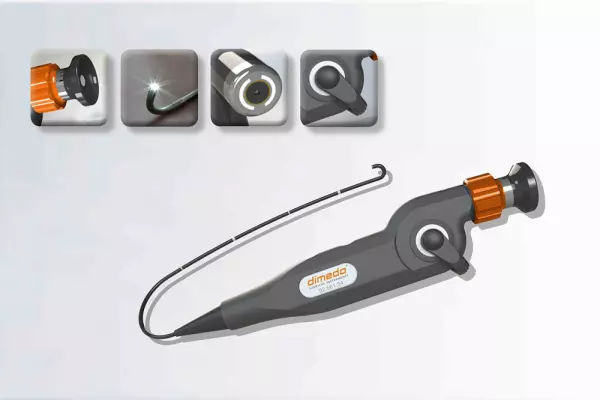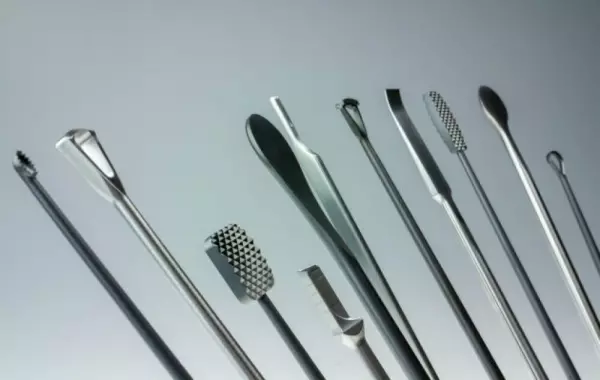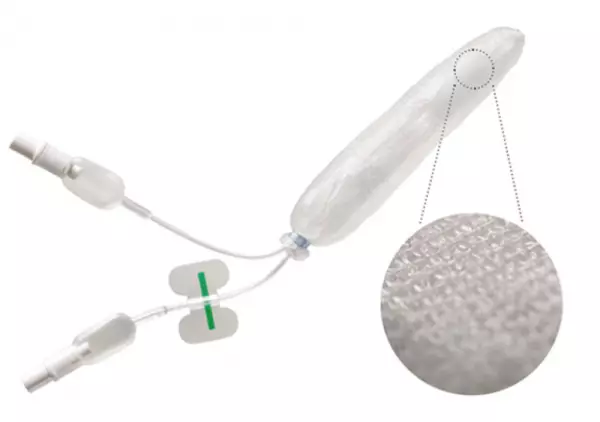
Achieve perfection in your diagnostic capabilities! The naso-pharyngo-laryngoscopes from D...
Portal and digital medical technology fair of the largest MedTech cluster in Germany

Production of your OEM products - surgical...
Production of your OEM products - surgical instruments 100% Made in Germany OEM manufacturing...

Epistaxis Devices with RAPID RHINO◊ Technology
For anatomies big and small, our line of epistaxis products accommodates patients’ individual...

A rhinoscope, or fiberoptic rhinoscope, is a small instrument used during a rhinoscopy. This instrument has a viewing window that helps the doctor see a fraction of an inch inside the nasal cavity. This tool is like a miniature camera with a light at the end. During a procedure, a doctor can examine the ear canal and tympanic membrane.
The rhinoscope is a thin, flexible tube containing a light and lens for viewing. The instrument can also be used to collect samples of tissue or examine the mucous membrane. There are two main procedures for a rhinoscopy. The first is called anterior rhinoscopy, while the second is called posterior rhinoscopy. In the former, the endoscope is advanced through the nose. The camera and light are connected to a video camera or a small light source. The image produced by these instruments is magnified, and the otolaryngologist records the images on a computer.
In a rhinoscopy, a light source and camera are used to examine the nasal cavity. The camera and lens can detect any foreign bodies. The instrument also can collect samples for further analysis. In a postoperative setting, otorhinolaryngologists can use the endoscope to remove trapped particles and use antibiotics to treat infections. However, this procedure is not suitable for everyone. If you're not sure if you need a rhinoscopy, you can visit a specialist in your area.
For rigid rhinoscopy, an infraorbital nerve block should be performed beforehand. Because the nasal mucosa is extremely sensitive, a deep plane of anesthesia is also needed. To numb the nasal mucosa, a topical lidocaine spray is applied through the external nares. A sterile field of view is seen on the monitor, which allows the physician to see the nasopharynx more clearly.
The flexible rhinoscopy is a quick office procedure that allows doctors to examine the entire nasal cavity. This procedure is used by physicians to diagnose allergies and other sinus conditions and to see if there are any foreign bodies. Most patients tolerate the procedure well, and are able to stay awake and alert during the process. The rhinoscope can be used as a diagnostic tool to diagnose and treat a variety of disorders.
Nasal endoscopy uses special instruments for sinus and nose procedures. An otolaryngologist is an expert in nasal instruments, and will usually use a curved instrument in the office to see the inside of the nose. The procedure is not dangerous but it does require a surgeon to be adroit with their tools. If you have a sinus infection, the endoscope can help determine the cause of the infection.
The most common use of a nasal endoscopy is to diagnose and treat rhinosinusitis. Symptoms of rhinosinusitis include facial pain, nasal blockage, and green or yellow nasal fluid. A healthcare provider can use a small endoscope to detect polyps and gather pus from the infected area. It can also diagnose and treat sinus infections and nasal tumors. The procedure does not require an external incision.
Become a digital exhibitor yourself in the online portal of the largest and best-known MedTech cluster region in Germany and inform the world of medical technology about your products and services as well as about news, events and career opportunities.
With an attractive online profile, we will help you to present yourself professionally on our portal as well as on Google and on social media.